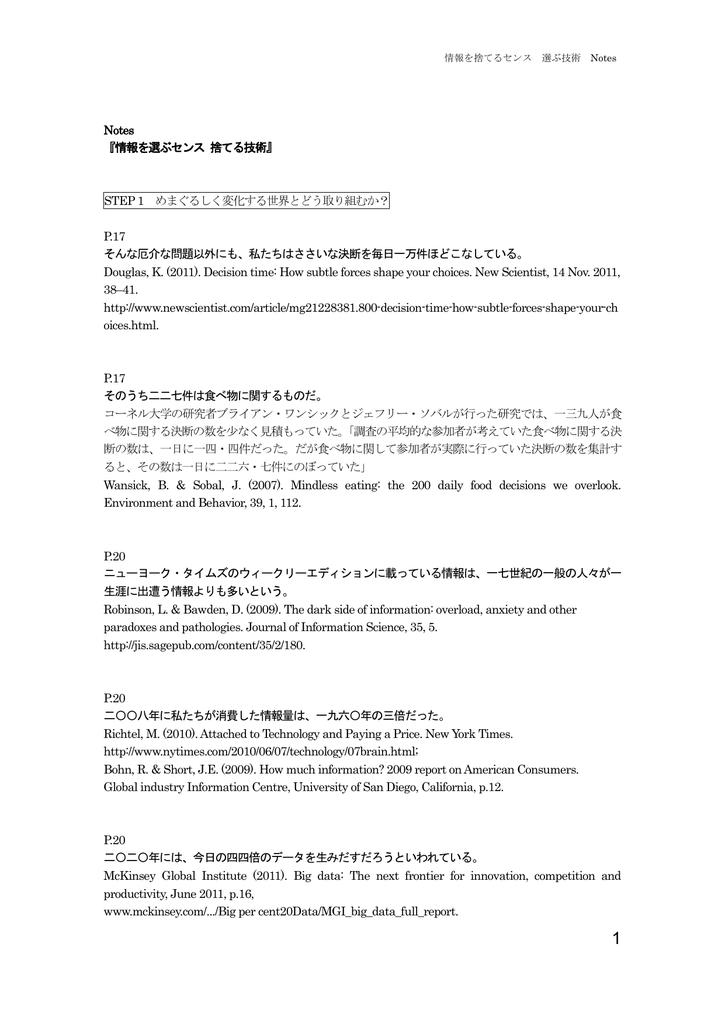Technology becomes a weapon of domestic violence--how to protect yourself? --CNET Japan
Technology is increasingly being used to perform everyday tasks. For example, banking, shopping, and interacting with people. And in domestic violence, technology is also used to monitor the behavior of individuals without or forcibly permitting them.
With technology, it's easy to stalk someone. From looking up information about dating on Tinder, checking the social media profiles of potential hires, installing spyware on the smartphones of the people you're dating, and more.
In short, technology offers a new way to stalk.
The number of reported cases of spyware and stalkerware has declined in recent years, simply because they have been replaced by mobile apps, hidden cameras, and item trackers that are more difficult to detect and remove.
Spyware and stalkerware
Spyware is usually targeted at an unspecified number of people and is rarely used personally. The purpose of cybercriminals who develop malicious software such as spyware is to obtain personal data such as financial account information for use in theft and fraud.
Stalkerware is different from spyware. Used to actively monitor a particular individual. The stalkerware app is also used to track spouses, farewells, children, and even employees on work devices.
With stalkerware, you can track location via GPS, eavesdrop on calls and social media conversations, steal logs, monitor web browser history, hijack your smartphone's camera and microphone to take pictures around your smartphone and make sounds. You can listen to it.
To install stalking wear on the other person's smartphone, you usually need to physically touch the smartphone. However, it doesn't take much time to install. For example, it can be installed while the victim is going to the bathroom or preparing a meal.
The installed app keeps running quietly in the background and is very difficult to detect. If the battery gets hot or drains too much, it may be a warning that the stalker wear is running. See this guide for more information on these signs.

Insidious threat
Kaspersky's chief security researcher, David Emm, calls stalking wear an "insidious threat."
Emm told ZDNet: "Stalking like this was once a completely real-world phenomenon. We now need to see stalking wear in the context of the whole abuse, which is just the tip of the iceberg."
Kaspersky detected tens of thousands of stalkerware installed on smartphones in 2020 and 2021. Researchers say the number has dropped slightly, but it's the effect of a new coronavirus infection. If the abuser is pandemic and trapped in the same room, there is little point in installing stalkerware.
However, on the other hand, lockdowns and stay-at-home orders have made it easier to install malicious software on the other device because they are always nearby.
Stalkerware installations are on the rise, and the reported numbers are "overall underrated," Emm said.
"The scale of the problem is bigger than it looks," he said.
Culture and acceptance
The problem of stalking wear also has a cultural component. Surveillance is well established in modern society and has spread to private life.
A survey conducted by Kaspersky in 2021 also revealed a surprising trend. One in ten (11%) of UK respondents said they were allowed to monitor and track without the consent of their partner. If you were convinced that your opponent was betraying you, the rate went up to 76%.
According to the company, 27% of adults in the UK experience domestic violence from their partners. The average for Europe was 21%, and only 29% for the Czech Republic was higher than the United Kingdom.
Fifteen percent of those surveyed said they had experience with digital stalking and abuse. Forty-four percent said it was via a smartphone app.
"When you snoop on someone digitally, you may not think you're a stalker. You don't have to follow them, snoop on your diary, or talk to your family and friends like you used to. That's all. The ease of digital tracking may lack the perception that such behavior is wrong, "Emm wrote.
In general, stalker wear is used more often on "Android" devices than on "iPhone". But that doesn't mean that "iOS" users are safe. Another technology is closing the gap.








